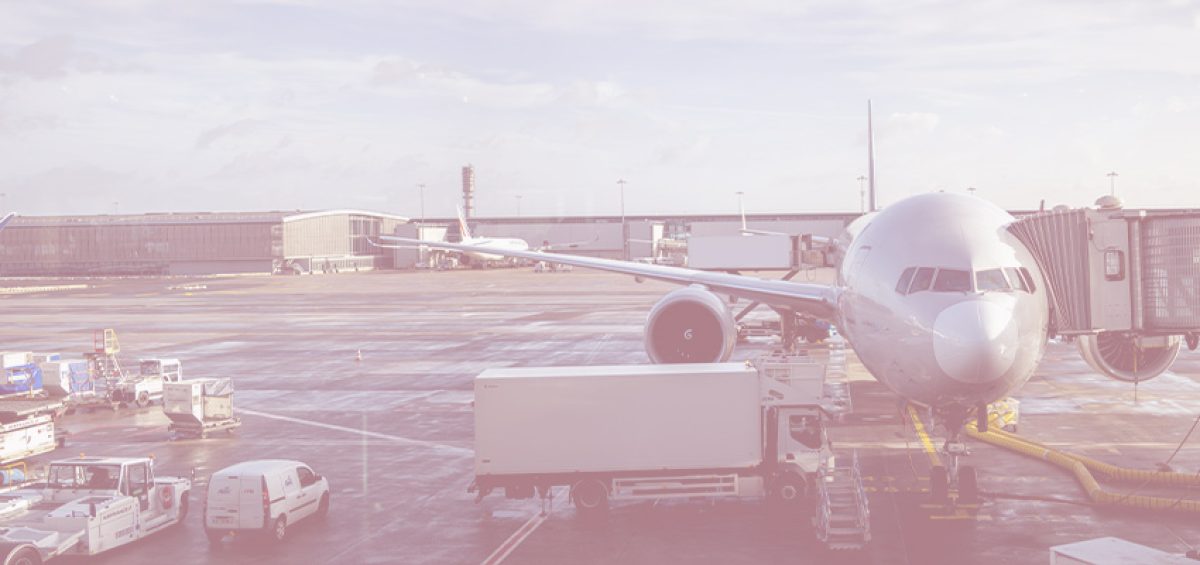The airline industry is undergoing a transformation. Despite the unprecedented challenges posed by the global pandemic, airlines are not just focused on recovery but on revolution. They are rising from the ashes of this crisis with a renewed sense of purpose and determination. Digital transformation has become the fast lane for the airline industry to soar into a new era.
Airlines were once bogged down by outdated systems and hesitant to break free from the past, but now they are embracing new technologies with confidence and determination. The pandemic acted as a catalyst, highlighting the undeniable need for digital technologies. The airline industry is poised to embrace the digital future with a projected global investment of $76.4 billion by 2032., it’s clear: the airline industry is ready to shed the chains of history and take off into the digital future.
Redefining Operational Efficiency
Where once piles of paperwork and manual calculations dominated daily operations, digital tools and data analytics now enable unprecedented efficiency. Algorithms take on the laborious task of flight planning and management, saving time and improving punctuality and profitability. Digital solutions like Logipad Aero have reduced aircraft turnaround time by 30% and increased on-time performance by 15%.
In the world of aviation, safety is paramount. The use of digital technologies, from dynamic data to electronic flight bags, has significantly lowered the risk of accidents. Real-time monitoring and analysis of safety parameters have contributed to an impressive 70% reduction in accidents over the past decade.
The digital wave has revolutionized how airlines interact with their passengers. Mobile apps, personalized on-board services, and digital entertainment options not only provide a seamless travel experience but also lead to happier customers. Investment in digital customer experiences has led to a remarkable 20% increase in customer satisfaction.
Soaring Towards Sustainability: The Technological Path to Eco-Friendly Skies
The quest for sustainability within the aviation industry is gaining altitude, propelled by an urgent global call for environmental stewardship. In an era where the ecological impact is as significant as economic performance, airlines are navigating the challenging skies of reducing their environmental footprint while ensuring operational excellence. The burgeoning field of digital innovation emerges as a beacon of hope, offering sophisticated solutions that harmonize the principles of efficiency and ecological responsibility.
Digital technologies are redefining the paradigm of eco-friendly aviation, transcending traditional practices of flight operations. Advanced algorithms and data analytics are at the forefront of this transformation, facilitating smarter, more efficient flight planning that significantly curtails fuel consumption, one of the primary sources of aviation-related emissions. By meticulously analyzing vast datasets, including weather patterns, flight routes, and aircraft performance, these digital systems can optimize flight paths, reducing unnecessary fuel burn and thereby diminishing the carbon footprint of each journey.
The advent of digital tools like Logipad Aero epitomizes this shift towards greener skies. This innovative platform streamlines the multitude of tasks involved in flight operations, from pre-flight planning to post-flight analysis, ensuring maximum efficiency at every step. By providing pilots and ground crews with real-time data and analytics, Logipad Aero enables informed decisions that enhance fuel efficiency, such as optimal cruising speeds, altitudes, and even the most eco-friendly routes. The potential to reduce emissions by up to 10-20% with such tools is not just a testament to their utility but a beacon of progress towards the aviation industry’s ambitious target of achieving net-zero emissions by the year 2050.
Moreover, the integration of digital technologies extends beyond operational efficiency. It fosters a culture of sustainability within the aviation ecosystem, encouraging continuous improvement and innovation. From predictive maintenance that ensures aircraft operate at peak efficiency to digital load management systems that optimize weight distribution and fuel usage, the scope of digital transformation in pursuit of environmental sustainability is vast and varied.
The commitment to eco-friendly flying is further reinforced by collaborative efforts within the industry, leveraging digital platforms to share best practices, innovative solutions, and research findings. This collective approach amplifies the impact of individual efforts, setting a course for a future where digital technology and environmental responsibility converge to create an aviation industry that not only connects the world but also protects it.
In conclusion, the path to greener skies is intricately linked with the digital transformation of the aviation industry. As airlines embrace the potential of technology to drive sustainability, they are not only contributing to the global environmental goals but also pioneering a future where air travel continues to inspire and connect, with a minimal ecological footprint. The journey towards this sustainable horizon is complex and challenging, but with each digital innovation, the aviation industry climbs higher towards its goal of harmonious coexistence with our planet.
Conclusion
The digital transformation of the airline industry is not just a response to current challenges but a leap towards a more sustainable, efficient, and customer-centric future. In this new era of flying, shaped by innovation and digital excellence, the possibilities are as limitless as the sky itself. The journey has just begun, and the digital ascent promises to forever change the way we explore the world.







